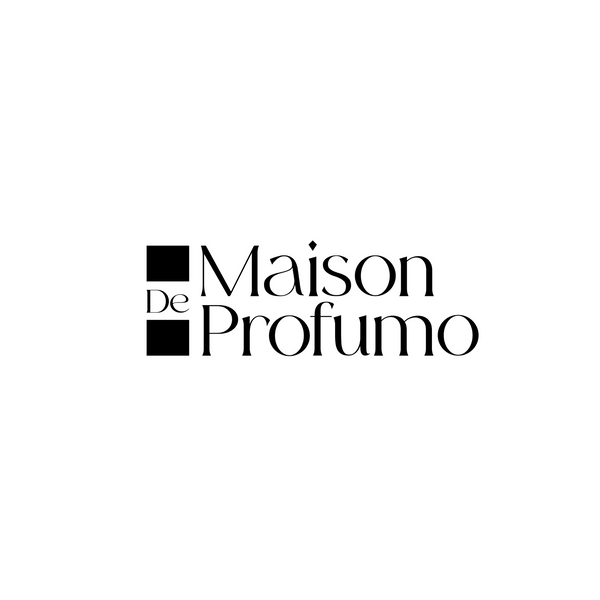Introduction
Fragrance plays a crucial role in our daily lives, influencing our mood, evoking memories, and enhancing our personal style. Understanding the different types of fragrances—natural, organic, and synthetic—can help consumers make informed choices about the products they use. This comprehensive guide delves into the origins, characteristics, benefits, and considerations of each type of fragrance.
Understanding Fragrance Types: Natural, Organic, and Synthetic

1. Natural Fragrances
Definition and Sources
- Definition: Natural fragrances are derived from raw materials found in nature, such as flowers, fruits, spices, woods, and resins.
-
Sources:
- Essential oils
- Absolutes
- Resins
- Distillates
Extraction Methods
- Steam Distillation: Commonly used for extracting essential oils from flowers, leaves, and stems.
- Cold Pressing: Typically used for citrus peels to produce essential oils.
- Solvent Extraction: Used for delicate flowers that cannot withstand steam distillation, resulting in absolutes.
Characteristics and Benefits
-
Characteristics:
- Complex and multifaceted scents
- Variability due to natural crop differences
-
Benefits:
- Perceived as healthier and more environmentally friendly
- No synthetic chemicals or additives
Considerations
- Cost: Often more expensive due to the labor-intensive extraction processes.
- Sustainability: Overharvesting and environmental impact of sourcing natural ingredients.
2. Organic Fragrances
Definition and Sources
- Definition: Organic fragrances are composed of natural ingredients that are grown without the use of synthetic pesticides, herbicides, or fertilizers.
-
Sources:
- Certified organic essential oils
- Organic extracts and absolutes
Certification and Standards
-
Certification Bodies:
- USDA Organic
- ECOCERT
- COSMOS
-
Standards:
- Ingredients must meet stringent organic farming criteria.
- No use of genetically modified organisms (GMOs).
Characteristics and Benefits
-
Characteristics:
- Purity and natural composition
- Adherence to strict organic farming practices
-
Benefits:
- Reduced exposure to synthetic chemicals
- Support for sustainable and eco-friendly farming
Considerations
- Availability: Limited availability of certain organic ingredients.
- Cost: Higher price point due to organic farming and certification costs.
3. Synthetic Fragrances
Definition and Sources
- Definition: Synthetic fragrances are chemically engineered compounds designed to mimic natural scents or create unique aromas.
-
Sources:
- Laboratory-created aromatic compounds
- Petrochemicals
Production and Innovation
-
Production Methods:
- Chemical synthesis
- Bioengineering
-
Innovations:
- Creation of novel scents not found in nature
- Enhanced stability and longevity in formulations
Characteristics and Benefits
-
Characteristics:
- Consistency in scent production
- Broad range of aromatic profiles
-
Benefits:
- Cost-effective and readily available
- Can be designed to be hypoallergenic and safe
Considerations
- Perception: Often viewed as less desirable due to their synthetic nature.
- Health Concerns: Potential allergens and irritants in some synthetic fragrances.
Comparing Natural, Organic, and Synthetic Fragrances
| Aspect | Natural Fragrances | Organic Fragrances | Synthetic Fragrances |
|---|---|---|---|
| Source | Derived from natural raw materials | Derived from organic farming practices | Created through chemical synthesis |
| Cost | Generally higher | Higher due to organic certification | Generally lower |
| Sustainability | Depends on sourcing practices | Supports sustainable farming | Can be designed for minimal environmental impact |
| Scent Complexity | High variability and complexity | High variability and complexity | Consistent and customizable |
| Health Impact | Perceived as safer and non-toxic | Safer due to organic practices | Potential for allergens and irritants |
Choosing the Right Fragrance
Personal Preferences
- Scent Profile: Individual preferences for scent complexity and longevity.
- Skin Sensitivity: Consider potential allergens or irritants.
- Environmental Impact: Choose products that align with personal values regarding sustainability and environmental impact.
Occasions and Usage
- Daily Wear: Lighter, natural scents for everyday use.
- Special Occasions: More complex or synthetic blends for longer-lasting impact.
- Seasonal Preferences: Choosing fragrances that complement seasonal changes (e.g., fresh, floral scents for spring; warm, spicy scents for winter).
Brands and Transparency
- Brand Reputation: Opt for brands known for their quality and transparency in ingredient sourcing.
- Ingredient Disclosure: Look for brands that provide detailed ingredient lists and sourcing information.
Future Trends in Fragrances

Sustainable Practices
- Eco-friendly Packaging: Increasing use of recyclable and biodegradable packaging.
- Ethical Sourcing: Commitment to fair trade and sustainable harvesting practices.
Technological Advances
- Biotechnology: Development of bio-identical synthetic fragrances that mimic natural scents while being environmentally sustainable.
- AI and Personalization: Use of artificial intelligence to create personalized fragrance profiles based on individual preferences and skin chemistry.
Consumer Preferences
- Clean Beauty Movement: Growing demand for clean, non-toxic, and sustainable fragrance options.
- Transparency and Education: Increased consumer awareness and demand for transparency in ingredient sourcing and production methods.
Conclusion
Understanding the nuances between natural, organic, and synthetic fragrances empowers consumers to make informed decisions based on their preferences, values, and lifestyle. Whether drawn to the complexity of natural scents, the purity of organic fragrances, or the innovation of synthetics, the diverse world of fragrances offers something for everyone. As the industry evolves, ongoing advancements and shifts in consumer preferences continue to shape the future of perfumery.
